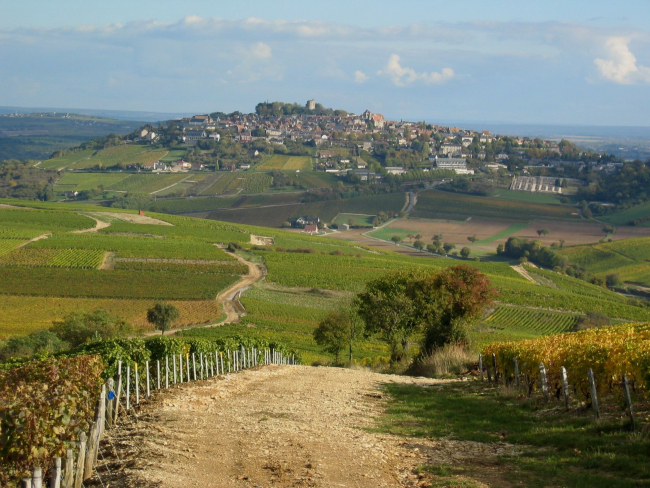This article is older and has been archived.
It remains accessible, but the information provided may be out of date or incorrect.
Defense and management organization
The "Châtaigne des Cévennes" recognized as a Protected Designation of Origin (PDO) [ODG].
The "Châtaigne des Cévennes", a historic product of the Cévennes chestnut groves, is officially recognized as a Protected Designation of Origin (PDO). The PDO, registered this Monday, January 16, 2023 by the European Commission, guarantees it Europe-wide protection. This recognition enhances the Cévennes terroir based on an interaction between geographical area and know-how developed over decades by castane growers.
Historical, environmentally-friendly know-how in the heart of the Cévennes massif
Adapted to the Mediterranean climate, chestnut production extends over the extensive Cévennes massif: Gard, Lozère and Hérault and a few communes in outlying departments.
Chestnut cultivation shapes the Cévennes landscape: dry-stone walls are built into the steep slopes to form terraces equipped with irrigation and drainage channels. Traditionally, chestnuts are peeled and dried in buildings known as "clèdes" or "sécadous". Producers' know-how lies in their expertise of the land, the trees and their mastery of grafting techniques.
The fruit used to make "Châtaigne des Cévennes" comes from some thirty local varieties and cultivars. Chemical clearing is forbidden. Only organic fertilizers are authorized. Chestnuts are harvested after natural fruit drop, either directly from the ground or using nets. Post-harvest insecticide treatment of the product is forbidden.
Three forms of presentation: fresh, dried and flour
In its fresh form, the "Châtaigne des Cévennes" develops a powerful sweet flavor, intense and persistent aromas of honey, hot milk, dried fruit, violet and sweet potato. Its supple texture leaves few lumps in the mouth after tasting.
The dry "Châtaigne des Cévennes", or "châtaignon", offers intense, persistent aromas of dried fruit and warm bread. Naturally sweet, it has a firm texture with chunks at the end of the mouth.
Finally, "Châtaigne des Cévennes" flour, made from dried chestnuts, is characterized by a sweet flavor, a strong aromatic intensity of dried fruit and walnut/hazelnut and a slightly bitter taste.
To be enjoyed roasted or incorporated into dishes or pastries
"Châtaigne" is most often enjoyed as "affachade", i.e. roasted in a pan with holes. Chestnuts are also used in savory dishes such as "Bajanat", a traditional soup from the Cévennes region, where their rehydration makes them melt-in-the-mouth and soft. After grinding, dried chestnuts yield a fine-textured flour with a sweet character, ideal for making galettes, cakes, shortbread or breads.
.Key figures
+ de 70
opérateurs : arboriculteurs et ateliers de transformation.
120
tonnes de production estimée (2022)
Press release
Communiqué de presse : La « Châtaigne des Cévennes » reconnue en Appellation d’origine protégée (AOP)
CP INAO : La « Châtaigne des Cévennes » reconnue en Appellation d’origine protégée (AOP)
All news dedicated to ODGs
The INAO's Délégation territoriale Occitanie is organizing another regional meeting with local ODGs on Wednesday, June...
News
News
INAO is launching a new campaign to promote the 5 official signs of quality and origin (SIQO) to the general public...
News

News
The Val-de-Loire territorial delegation of the INAO is organizing another regional meeting with local ODGs on Tuesday...
News

News
